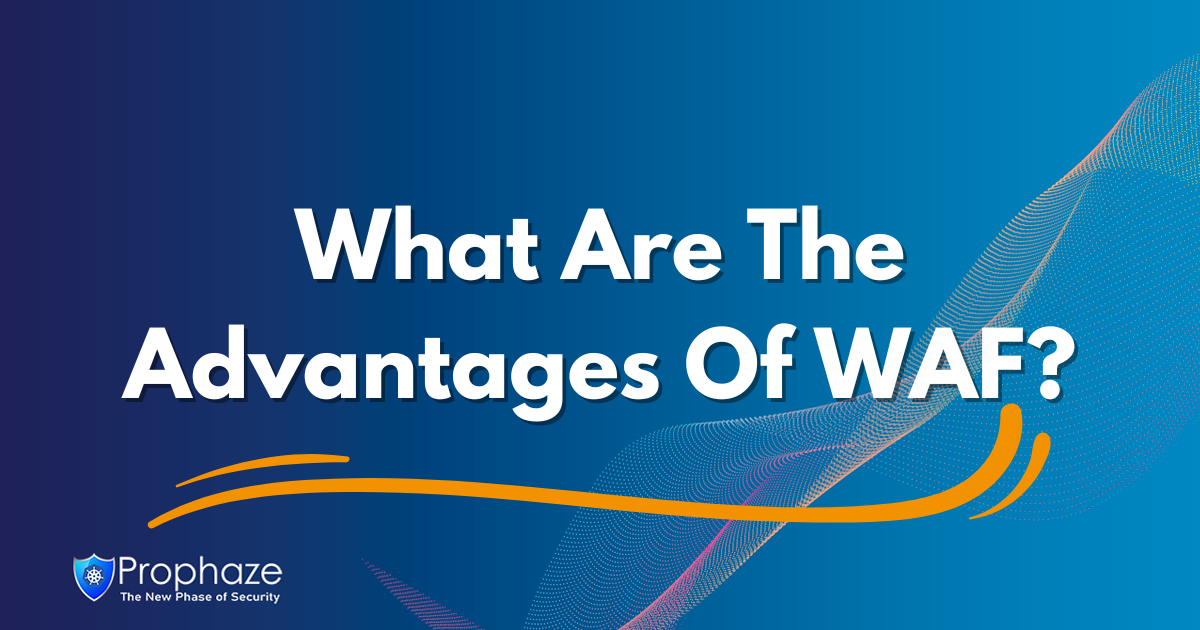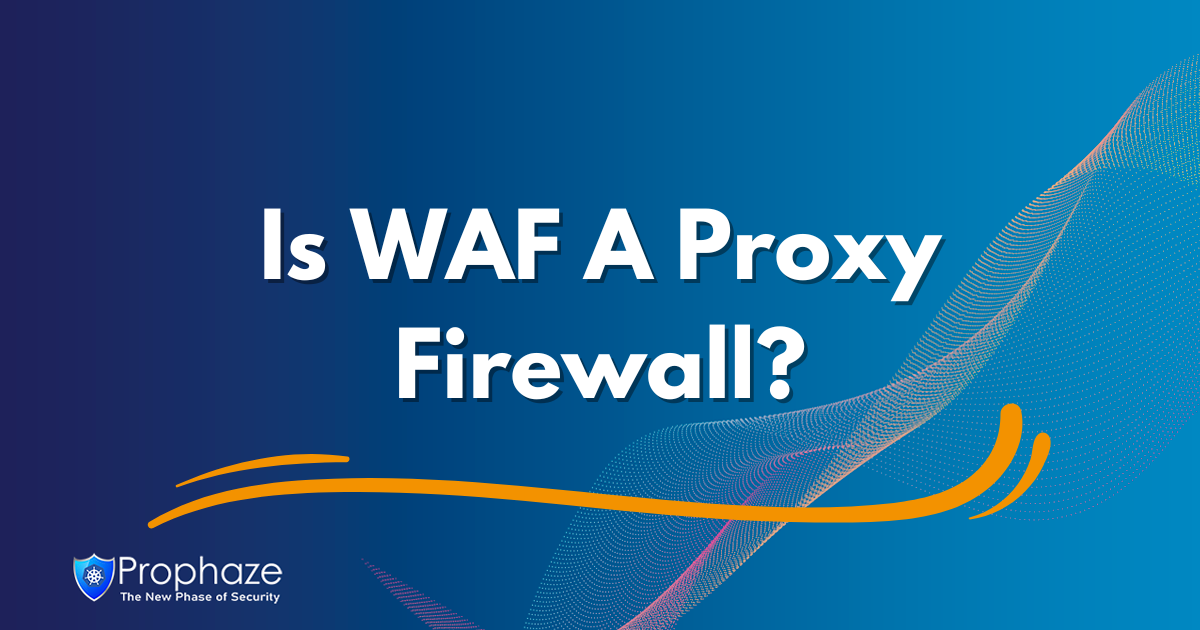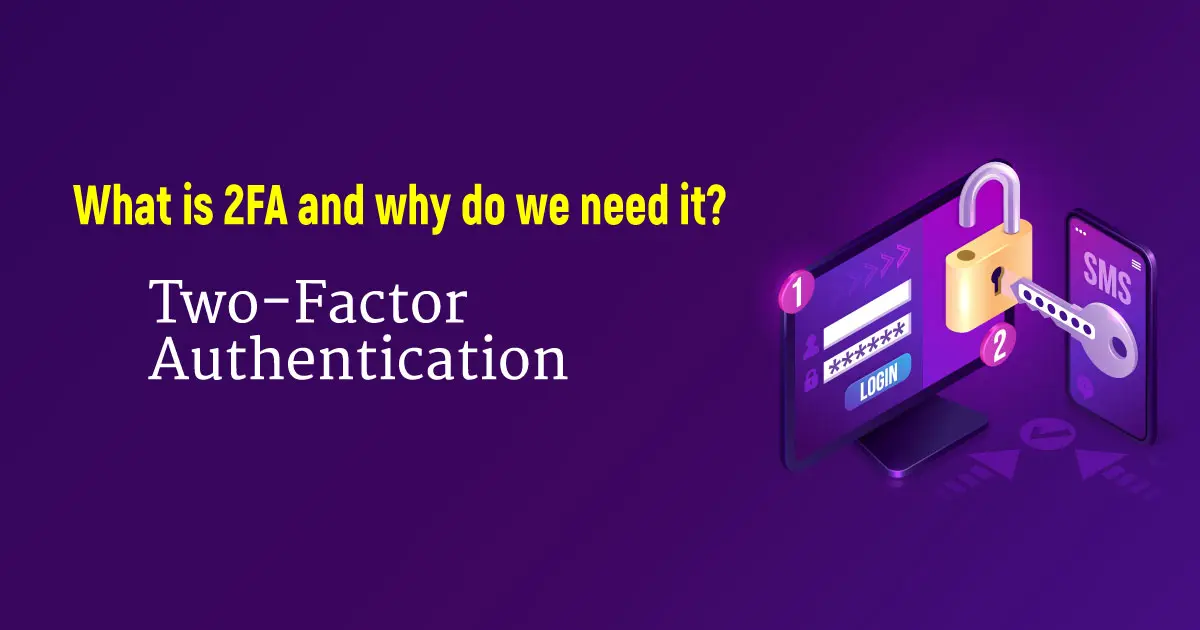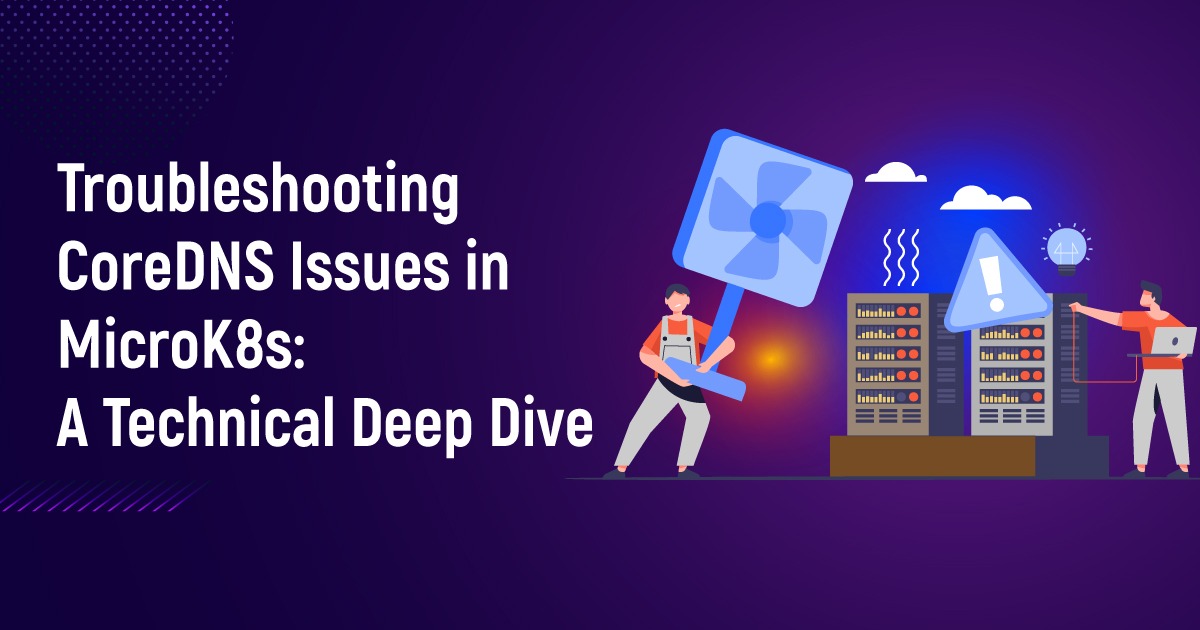Why Web Application Firewall Essential for Web Application Security
Organizations must have an effective and resilient defense system to defend their web applications against ever-changing threats. To avoid such situations, a Web Application Firewall (WAF) can be used, and this blog post seeks to explain why using a WAF is vital for web application security and how it emphasizes its significance.
Protection against web application attacks:
Securing web applications involves various attacks, such as SQL injection, cross-site scripting (XSS), and potential data breaches. Acting as an obstacle course between web applications and potential threats by analyzing inbound traffic for suspicious activity and identifying inappropriate behavior can be achieved using a WAF that analyzes HTTP request-response data, thereby preventing any possible successful attack.
Mitigation of known vulnerabilities:
By reducing the risk of web application vulnerabilities caused by coding errors or configuration problems, hackers can gain unauthorized access to the web application or its underlying infrastructure. Specific security rules and policies assist in reducing such threats, which resemble known attack attempts recognized and intercepted by the system.
Defense against zero-day vulnerabilities:
It is essential to protect oneself from them, and traditional security techniques may prove inadequate in discovering or protecting against these unannounced threats. A web application firewall equipped with behavior-based analysis and advanced machine learning capabilities can detect all unusual activities or trends, effectively safeguarding itself against zero-day attacks before any necessary software upgrades are available.
Enhanced incident response and threat intelligence:
A WAF gives security teams access to actionable insight, which is crucial for achieving improved threat detection and an advanced incident response mechanism. With comprehensive logs and alerts, companies can quickly respond to mitigate potential threats. WAFs often utilize threat intelligence feeds, giving them access to the latest data about emerging cyberattack threats and patterns.
Regulatory compliance:
Many companies must follow strict regulations like PCI DSS or HIPAA to maintain regulatory compliance and protect sensitive data. As per these guidelines, organizations must establish sufficient security measures. The deployment of a WAF is instrumental in fulfilling compliance requirements as it secures web applications from unauthorized access while safeguarding confidential data.
Traffic differentiation and rate limiting:
WAF enables it to filter out potentially harmful requests by distinguishing them from legitimate user traffic, and it analyzes multiple elements like HTTP header analysis, user actions, and IP reputation to distinguish between genuine users and attackers. Also, WAFs can restrict the number of requests sent by particular IP addresses to avoid any form of abuse or DDoS attacks.
Conclusion
As cyber threats continue to grow in sophistication and put companies at risk, businesses must deploy a Web Application Firewall (WAF) as part of their overall strategy for securing their web applications. Implementing a WAF strengthens the network’s security by offering complete protection from known weaknesses plus zero-day threats while additionally stopping harmful network activity, thereby ensuring data privacy for all users. A WAF is an effective solution for mitigating risks and protecting sensitive data in the modern, interconnected digital world by including it proactively in your security strategy.









